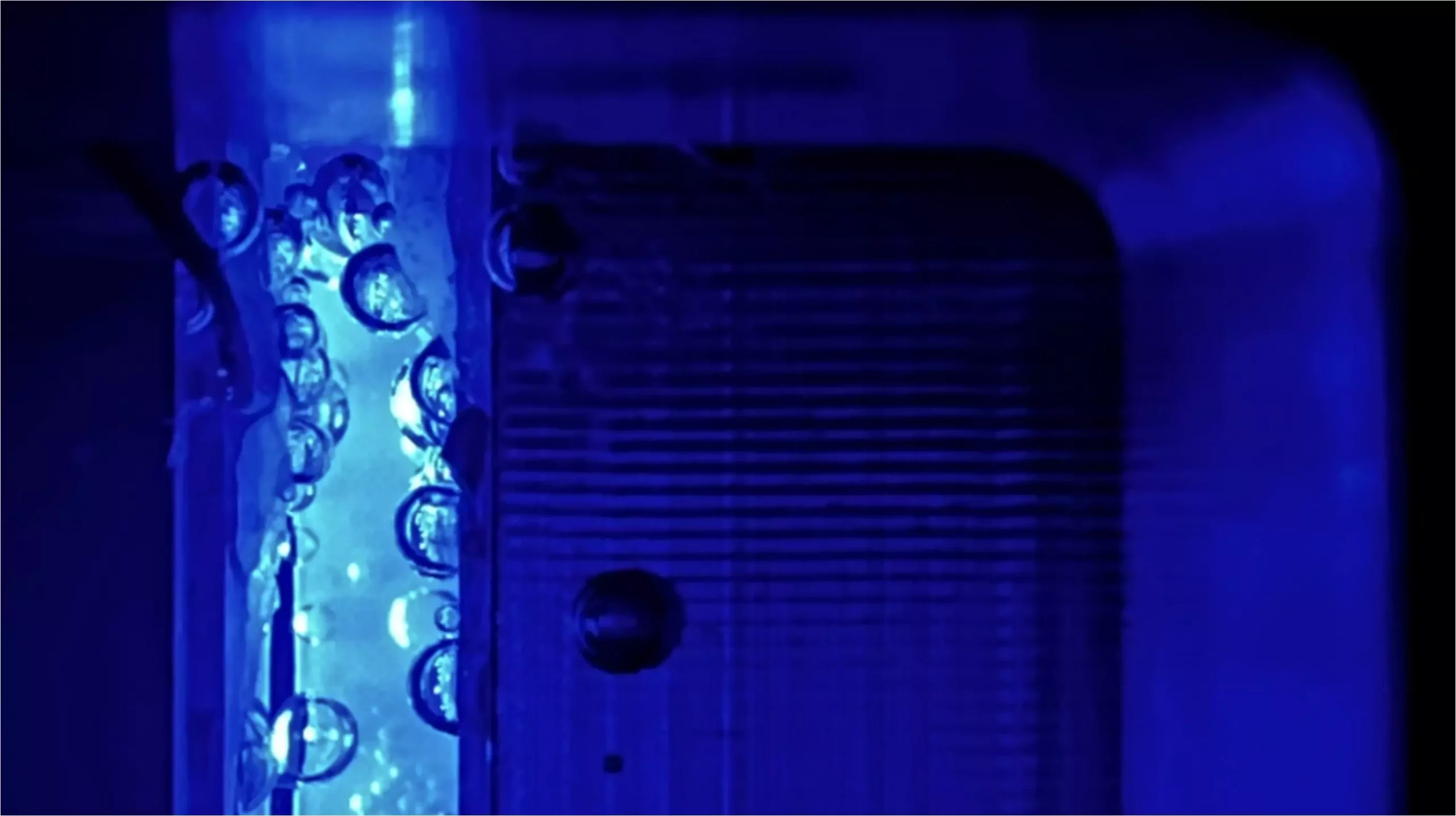Hydrogen has garnered significant attention as a promising energy source due to its potential for serving as a clean fuel option. The generation of hydrogen typically relies on water splitting, a process that can be catalyzed through various methods. Among these, photoelectrochemical (PEC) cells stand out for their ability to harness solar energy to enable the electrolytic breakdown of water. Using photoelectrodes that convert sunlight into electrical voltage, these PEC cells act similarly to natural photosynthetic processes, mimicking elements of plants’ Photosystem II but with artificial materials designed to improve efficiency.
The research conducted by a team at HZB sheds light on an exciting advancement in the efficiency of PEC cells. By increasing the operational pressure during water-splitting reactions, the team has observed promising results that indicate enhanced overall performance. The conventional models have operated at atmospheric pressure, but the compelling data now suggest that working at pressures between 6 and 8 bar can effectively combat limitations such as light scattering from gas bubbles. This innovative pressure application represents a critical step forward in refining renewable energy technologies, addressing a persistent issue in the water-splitting process.
The Challenges of Bubble Formation
One of the mounting challenges faced in PEC devices is the formation of gas bubbles that arise during the electrolysis process. These bubbles not only disrupt the pathway of light that is crucial for optimal energy conversion but can also obstruct the electrode surface, leading to a phenomenon known as electrochemical deactivation. With energy conversion efficiencies reaching up to 19%, the ramifications of bubble formation become more pronounced. The sheer scale of energy loss due to this factor cannot be dismissed and must be managed effectively to ensure optimal function and longevity of PEC systems.
Utilizing multiphysics models, the HZB research team developed a framework to analyze the PEC processes under varying pressure conditions. They meticulously studied the dynamics of gas bubble size and behavior at increased pressure levels. Notably, their findings illuminated that an increase to 8 bar can lead to a remarkable halving of the total energy loss experienced during the water-splitting reaction. The research highlights a definitive relationship between operational pressure and efficiency, with expectations of up to a 10% increase in energy output exciting the scientific community.
Furthermore, elevated pressure also contributes to mitigating product cross-over effects, which are critical when considering the performance of both oxygen and hydrogen transfer between electrodes. This discovery paves the way for refining not only PEC cells but also various electrochemical systems, expanding the potential for more extensive applications in sustainable energy initiatives.
The Future of Hydrogen Production
As the world increasingly seeks alternative sources of energy that lower environmental impacts, the improvements in PEC technology explored by HZB hold substantial promise. The findings suggest that working within a specific pressure range can push the boundaries of efficiency in hydrogen production through water splitting. The implications of this research resonate well beyond PEC cells, offering a blueprint for optimizing other solar-driven systems.
As the research team led by Prof. Dr. Roel van de Krol emphasizes, the insights gleaned from their findings extend to a multitude of innovative energy applications. By building on this foundation, future developments could revolutionize how we approach hydrogen production and catalysis, ultimately supporting the global transition toward sustainable energy solutions.
The intersection of pressure and photoelectrochemical technology represents a critical advancement in the quest for efficient hydrogen production. Continued exploration in this domain is essential for overcoming existing hurdles in renewable energy technology, paving the way for a cleaner, sustainable future powered by hydrogen.


Leave a Reply